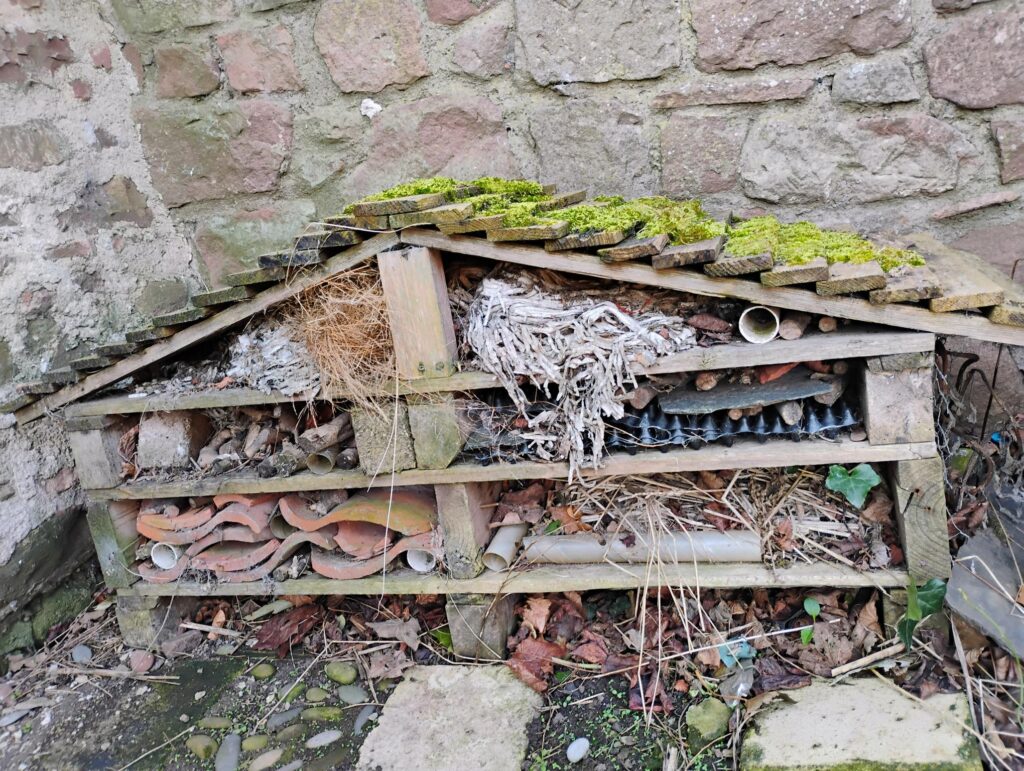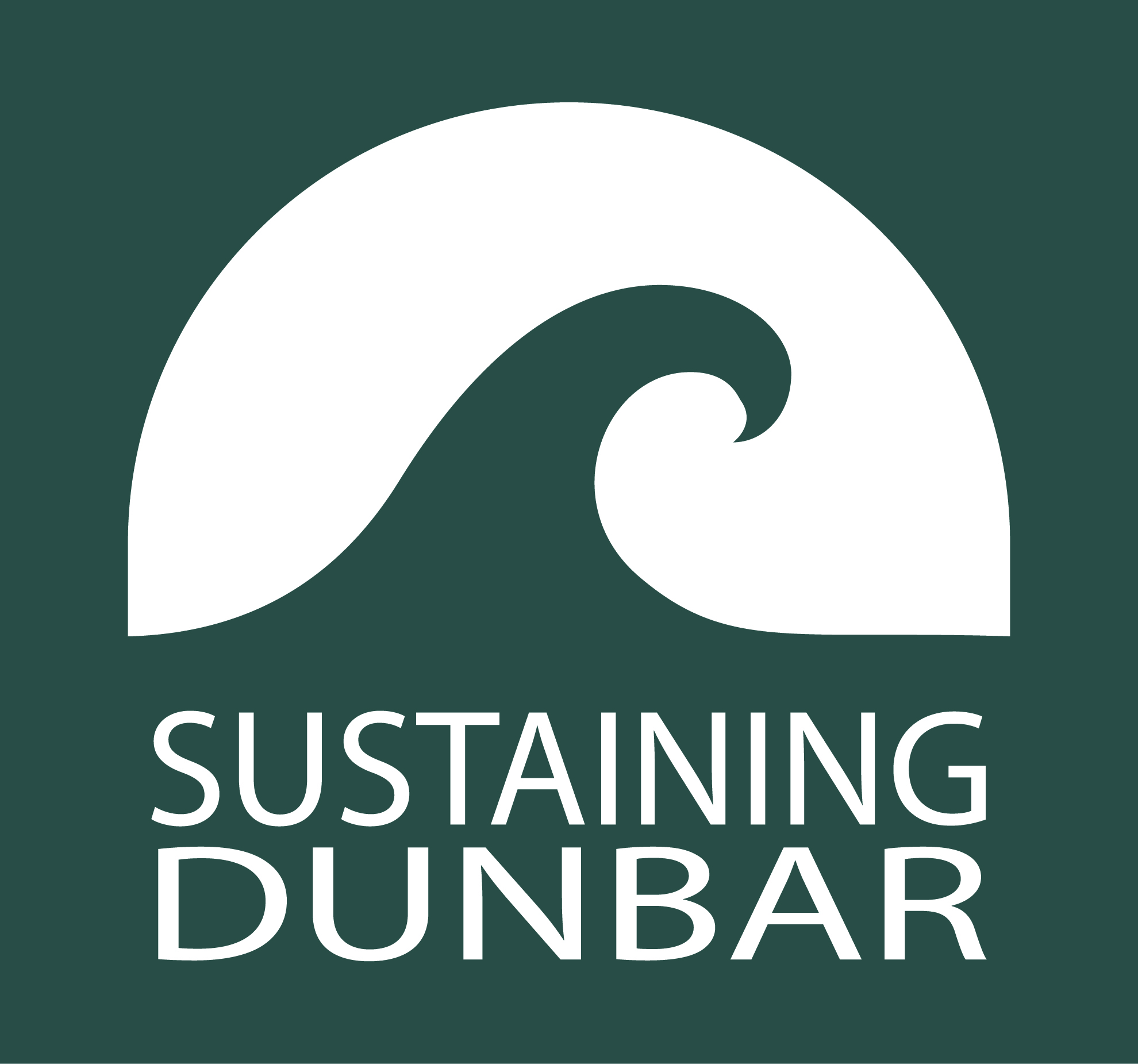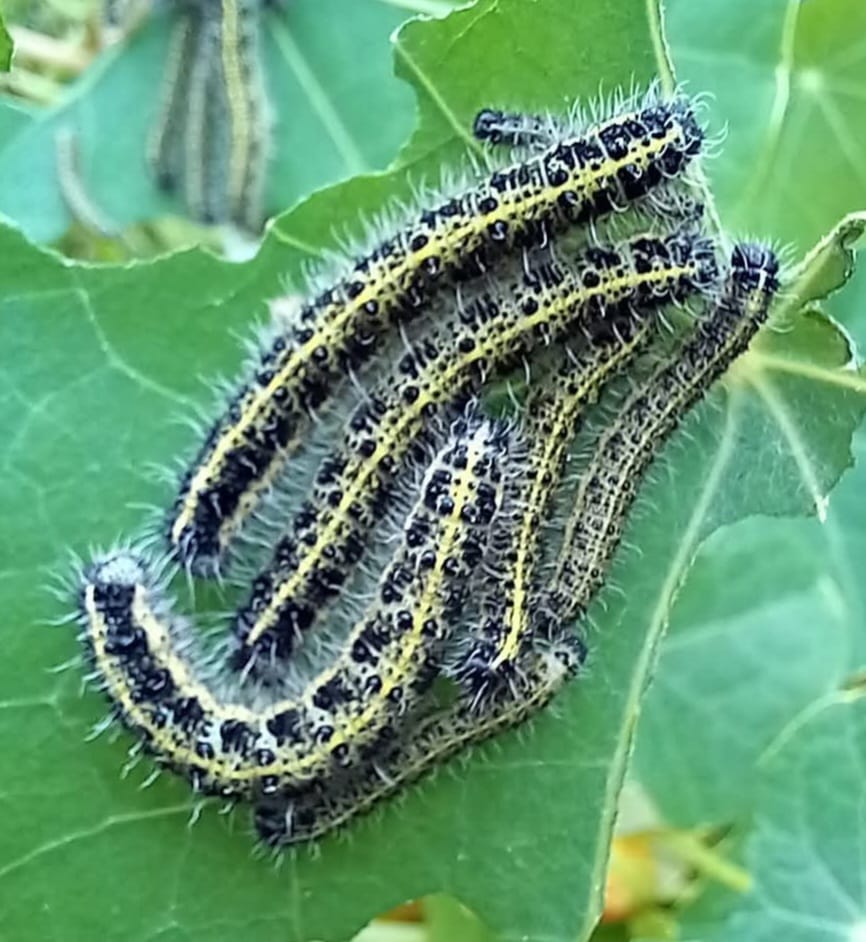Hedgehogs should be out and about this month and will be spending their time building back up the energy they lost while hibernating, in preparation for their mating season.
A hedgehog’s diet is mostly made up of creepie crawlies like beetles, caterpillars, worms, slugs, earwigs and millipedes.

Top tips of ways to create areas in your outdoor space that are home to more insect life which will in turn be beneficial to hedgehogs.
-start a pile of logs or sticks is a shady place or build a mini-beast hotel or dead hedge
-use more natural landscaping like grass or decorative bark or even logs for edging
-leave areas of grass to grow longer (cutting a sharp edge around it creates a more formal appearance)
-sow some wildflowers or plant some native plants (see scotia seeds www.scotiaseeds.co.uk)
-slug pellets, herbicides and wood preservers can be poisonous to hedgehogs, and decrease their natural food sources. It’s therefore best to AVOID any use of chemicals in your garden.

Remember if you see a hedgehog this year, please can you add it to the Big Hedgehog Map. If there is a regular hedgehog coming to your garden, could you please add it at least on one occasion for 2025 to show it’s there. www.bighedgehogmap.org/holes-for-hedgehogs-home/map-hedgehog-sighting
Thank you for anything you can do to help our prickly friends.
Jen Walker, Sustaining Dunbar’s Pledgehog Project Officer
www.sustainingdunbar.org/projects/the-pledgehog-project/

